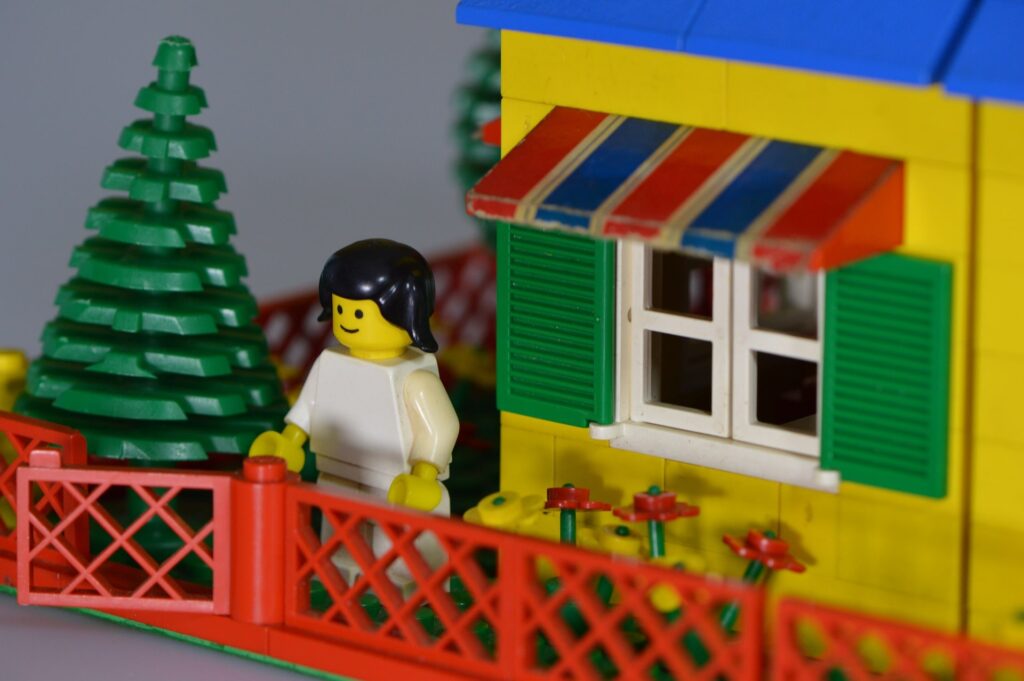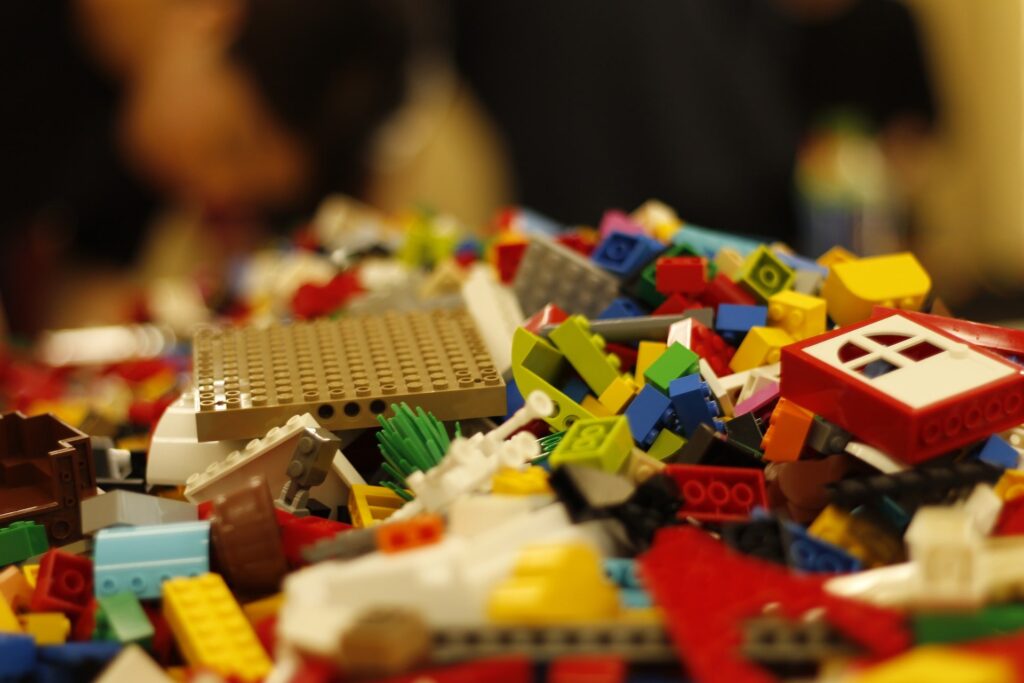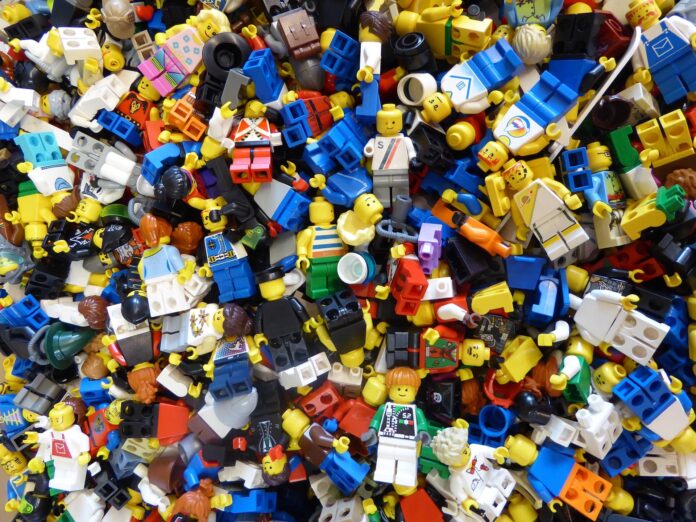4i-mag has thought about rekindling our memories of LEGO as well as its Digital Designer software. Although the software is not updated anymore, it is still downloadable and many people use it to enjoy LEGO in the virtual space. Maybe you would also like to consider spending a day or two immersing in your imagination and creating a model of your own. Whether you create a model alone, together with your kids or you actually let them have their freedom in the designing process, we are sure you would love to discover the results.

LEGO is a Danish toy production company which is known across the whole globe for its interlocking plastic bricks with its tubes that so many kids (and adults) adore. LEGO has also built amusement parks, Legolands and their products are accessible in several retail stores. In 2019, the revenue of LEGO was 5.16 billion euros.
The history of LEGO
LEGO is almost a hundred years old and it started as a small wooden playthings manufacturer. It developed from a small carpenter’s shop into the world’s largest manufacturers of toys. The famous plastic LEGO bricks came into existence in 1947, in Denmark and obtained its current form in 1958. Watch the video about the history of the bricks here. The LEGO bricks have been named “Toy of the Century” twice. The unique principle of the bricks offers unlimited building possibilities and lets the wealth of creative ideas emerge and flourish through play. Although the first elements were only rectangular pieces of different colors, in the next decace LEGO added doors, roofs, trees, plants, road signs to the set. Later, as it appeared on the US market, it also created airplanes and boats. Those surrounded by kids know that today, literally everything can be built from LEGO, there are very specific packages, such as spaceships from Star Wars. This actually was necessary for LEGO to remain popular. The company needs to adapt, both to the needs of kids and to the needs of our world.

Environmental impact of the wide-ranging production of plastic bricks
The company acknowledges the vast environmental impact of its operations related to climate change, resource and energy use, and waste creation. LEGO eventually gave in the pressure by Greenpeace to drop the supplier Asia Pulp and Paper. LEGO then committed to use materials provided by the Forest Stewardshit Council. Another concern of the environmental community was the partnership between LEGO and Royal Dutch Shell. Some of us may even remember the Shell logo on our pieces. The partnership’s latest renewal was in 2011, but LEGO committed not to renew it in the future. Furthermore, the company – as it is producing plastic toys – is responsible for a change related to recycling their bricks and, therefore, minimizing waste. In 2021 LEGO has actually launched a free recycling program, which is currently only available in the US. Of course, donating LEGO to others once the kids are ditching the toys is a good alternative, but if you live in the US, you may as well consider supporting LEGO’s aim in becoming sustainable. You can access the website here to print your label in order to take part in the recycling program.
LEGO’s Digital Designer Software
Although the Digital Designer was not born as a response to the environmental issues associated with the production of LEGO pieces, we find it extremely important to highlight this initiative, because now we are more aware of the impacts of the production, but also because the decision to move to the virtual space can be purely assessed from an ecological point of view as well. A lot of the time nowadays, a company’s efforts to (partially) become digital is stemming from the need to reduce real-life impacts on our nature and resources. LEGO’s Digital Designer Software is not anymore updated and due to the lack of updates and advertisement, maybe not too many people are aware of its existence. So let us introduce you to the world of online LEGO.
This is the only LEGO Design Software: LEGO Digital Designer (LDD). LEGO developed this freeware computer program as a part of LEGO Design byME. It is downloadable for both macOS and Windows, but only runs as a 32-bit application, which, unfortunately, makes it unavailable for many. The idea is similar to the real-life LEGO pieces. You basically build your own models using the bricks of the virtual space, and the software resembles a computer-aided design program. Behind the whole concept, we also must say, was an initiative that (luckily for environmentalists) only survived until 2012. The designs could be uploaded to the LEGO Design byME website and then ordered for delivery as a real packaged LEGO set. In 2016, a new, updated version became available. The latest one is from 2019 and this is the only available version. Follow up on us, because we will be talking to LEGO about the future of the digital software along with others, and we are also interested in discovering the reasons behind stopping the Digital Designer software.

The software can be used to build any imaginable model – and we know that when it comes to kids’ imagination and creativity, the limit is the sky. It features a palette of bricks and pieces in all the different color. Only a subset of the bricks are available for use in regular mode and the more comprehensive extended mode allows creativity to thrive even more, as any brick can be put in any color. At the end of the designing process, you can switch to a mode for viewing in which you can take screenshots and finally you can even “explode” the model. There were all kinds of special editions, too.
The LEGO Digital Designer gives you three different options as discussed earlier regarding color use. The library of LDD is an extensive library of all kinds of bricks. And even though, the official updates have been stopped, some parts have been added to the library since then. One major disturbing element of having such an extended library is making the software slow on certain computers when it is being loaded. After loading the library and starting the building procedure, it actually speeds up again. The user interface is very straightforward and easy to use, you can see the commands on the screen and even if you happen to be stuck, there is a help function to guide you. As you build, it is similar to playing with real LEGO pieces. That also means that the parts need to “click”.
There are certainly unlimited options whether it be real or virtual LEGO bricks. There are also other softwares released by LEGO that help kids’ use their imagination, for example LDraw, which had its last update in 2018, Studio or Mecabricks.
The company has recently been adopting certain business strategies in order to stay aloft, because with the rapid technological developments and electronic gadgets distracting kids, it is becoming ever more necessary. It even targets adults within the frameworks of mindfulness. Read about it here. The company is still thriving and we will forever be grateful for the childhood memories we all store.



